Archaeological Methods and Techniques: Archaeology is a fascinating field that allows us to unravel the mysteries of the past. Through the use of various methods and techniques, archaeologists meticulously excavate, study, and interpret ancient sites and artifacts. In this article, we will explore the diverse range of approaches employed in archaeological research, shedding light on how these methods contribute to our understanding of human history.
Archaeological Methods and Techniques Of Surveying:
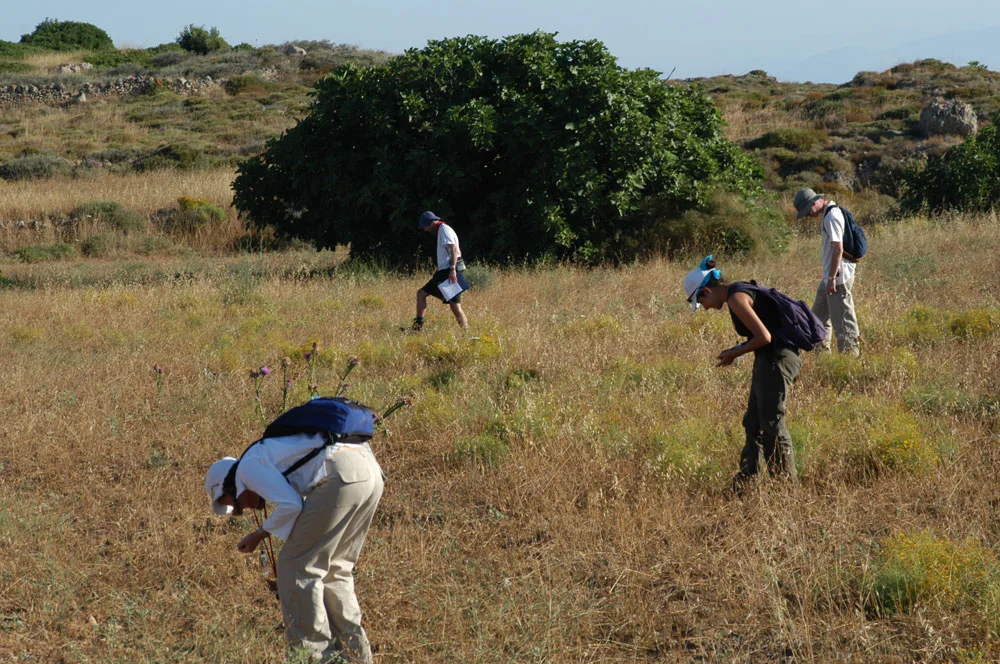
One of the initial steps in archaeological research is conducting surveys to identify potential sites. This involves mapping the landscape, examining surface features, and using remote sensing technologies like aerial photography and satellite imagery. Surveying helps archaeologists determine where to focus their excavations, making it an essential method for efficient and targeted research.
Excavation:
Excavation is perhaps the most well-known archaeological technique. It involves carefully digging into the ground to uncover buried structures, artifacts, and ecofacts. Archaeologists use tools such as trowels, brushes, and sieves to excavate layers of soil, documenting each stratum and the artifacts found within. This method provides a wealth of information about past human activities, including their technology, daily life, and cultural practices.
Archaeological Methods and Techniques Of Dating Methods:
Dating methods are crucial for establishing the chronology of archaeological sites and artifacts. Archaeologists employ both relative and absolute dating techniques. Relative dating involves determining the age of artifacts or sites by comparing their position within a stratigraphic sequence. Absolute dating relies on scientific methods like radiocarbon dating, thermoluminescence, and potassium-argon dating to assign numerical ages to archaeological materials.
Artifact Analysis:
Once artifacts are excavated, they undergo detailed analysis to understand their function, significance, and cultural context. Archaeologists examine the materials, construction techniques, and stylistic elements of artifacts to determine their origin and purpose. This analysis provides insights into ancient craftsmanship, trade networks, and social structures.
Environmental Archaeology:
Archaeologists also investigate the ancient environment through a field known as environmental archaeology. By examining plant and animal remains, pollen, sediments, and other ecofacts, they can reconstruct past landscapes, climate conditions, and human impact on ecosystems. This multidisciplinary approach sheds light on how humans interacted with and adapted to their environment throughout history.
Archaeological Methods and Techniques Of Geophysical Survey:
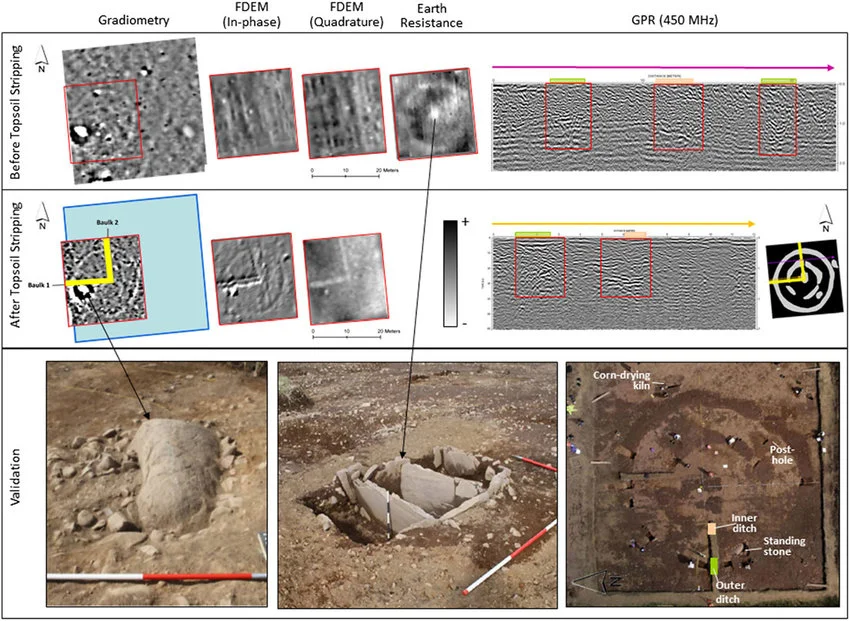
Geophysical survey methods allow archaeologists to explore what lies beneath the surface without extensive excavation. Ground-penetrating radar, magnetometry, and electrical resistivity are some techniques used to detect buried structures, features, and anomalies. Geophysical surveying enables archaeologists to create detailed maps of subsurface remains, providing valuable information about ancient landscapes.
Experimental Archaeology:
To gain further insights into ancient technologies and techniques, archaeologists turn to experimental archaeology. By recreating and testing the processes used to make tools, create pottery, or construct buildings, researchers can understand the challenges faced by ancient societies. Experimental archaeology helps validate archaeological interpretations and provides practical knowledge about ancient practices.
Archaeology is a dynamic discipline that relies on a range of methods and techniques to explore the human past. From surveying the landscape to meticulous excavation, dating artifacts, and analyzing ancient ecosystems, each approach contributes to our understanding of diverse cultures and societies. By combining these methods, archaeologists piece together the puzzle of history, unveiling stories from the past and helping us comprehend the complexities of our shared human heritage.
Read Also: Ancient Shipwrecks
![]()

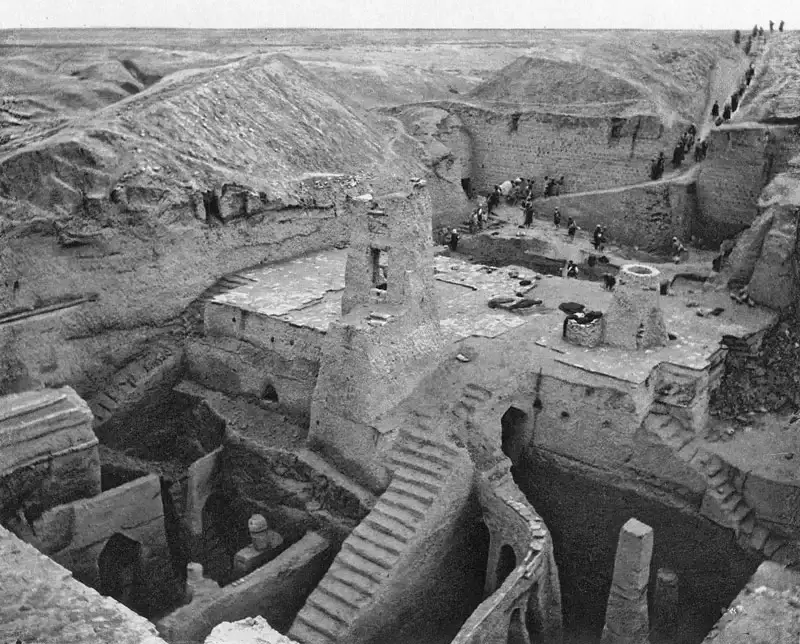
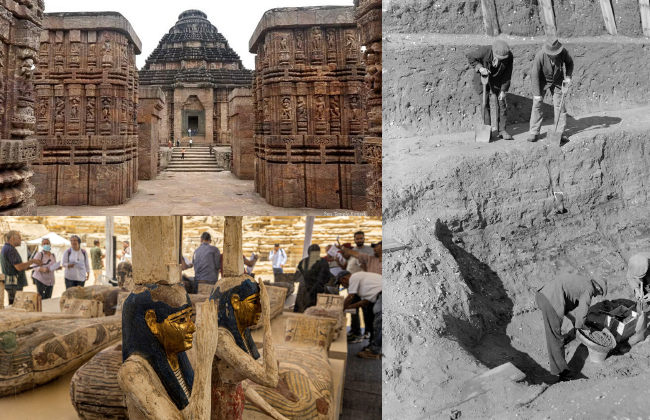

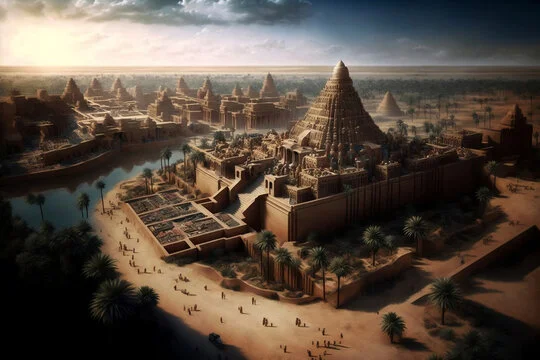
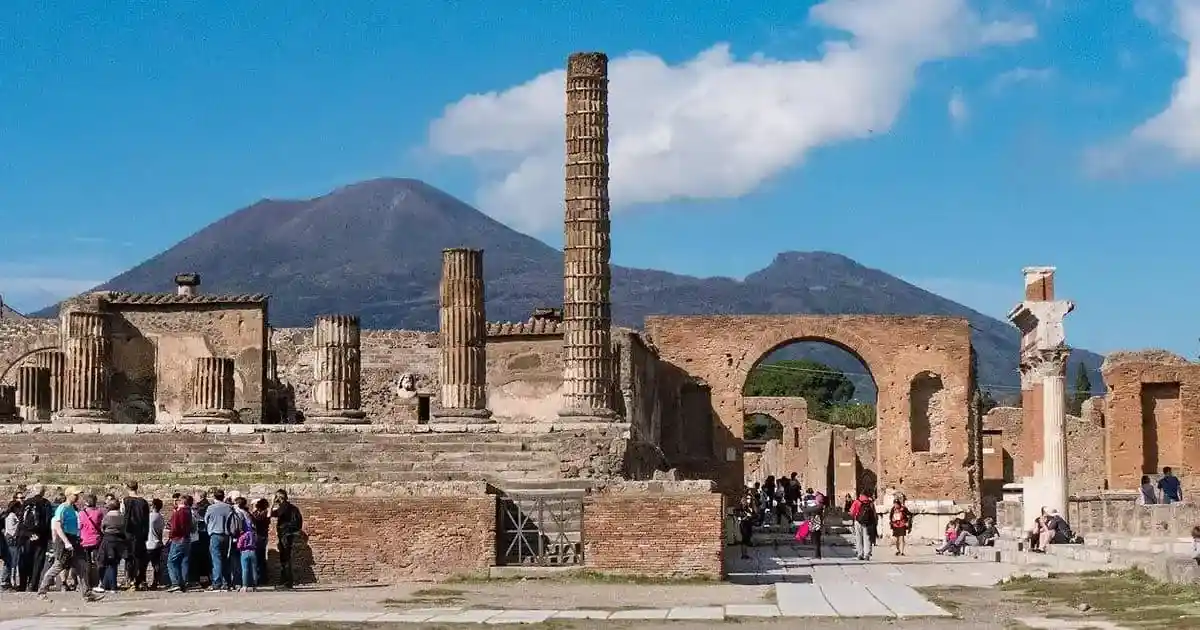
One thought on “Archaeological Methods and Techniques”